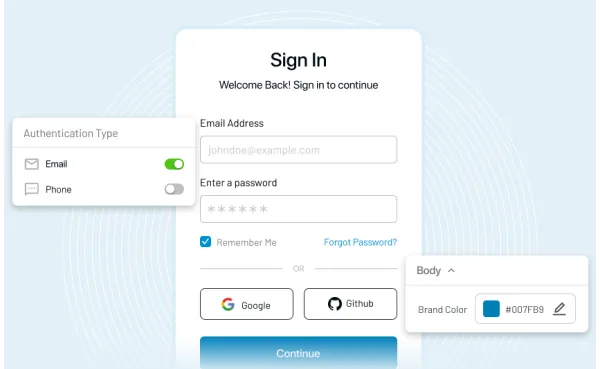Top CIAM for Large Enterprises: Secure, Compliant, and Globally Scalable Options
Large enterprises need more than basic authentication—they need CIAM platforms built for global scale, compliance, and complex identity ecosystems. This guide compares leading enterprise CIAM solutions across security, data sovereignty, performance, and integration readiness. Learn which platforms best support regulated, high-scale, multinational organizations.

Loading blogs...
